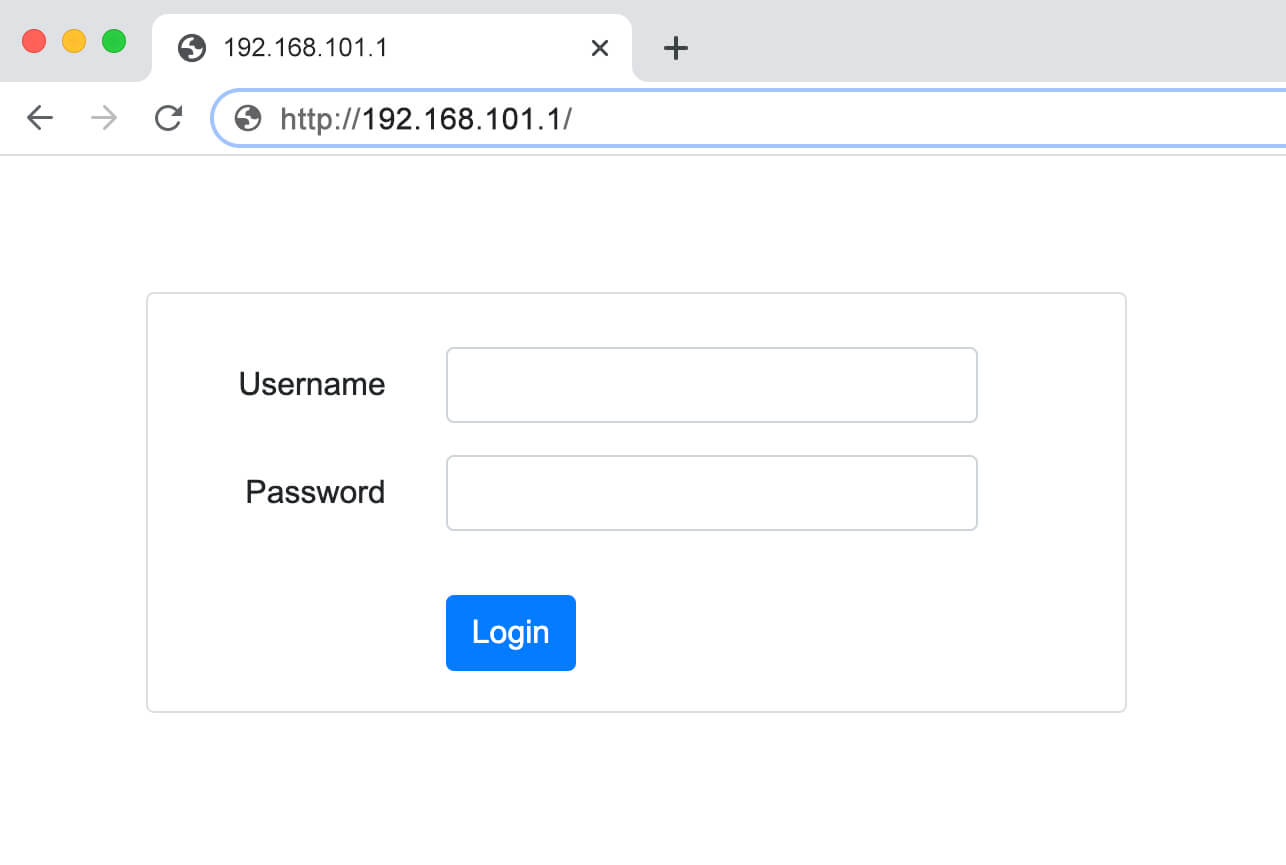Table of Contents
Introduction
In the vast landscape of networking, one set of numbers has become synonymous with accessing router settings and configurations – 192.168.1.1. This seemingly simple combination holds the gateway to a world of possibilities and control over your network. Navigating this digital landscape involves understanding not only the IP address itself but also its association with the pivotal term, ‘www.192-168-1.1.’ Let’s delve into the intricacies of what is 192.168.1.1 and the role of ‘www.192-168-1.1‘
In the vast landscape of networking, one set of numbers has become synonymous with accessing router settings and configurations – 192.168 1.1. This seemingly simple combination holds the gateway to a world of possibilities and control over your network. Let’s delve into the intricacies of what is 192.168 1.1 and unravel its significance.
The Basics: Understanding 192.168 1.1
192.168 1.1 Demystified
At its core, 192.168 1.1 is an IP address, part of the private IP address range defined by the Internet Assigned Numbers Authority (IANA). In the realm of networking, this address serves as the default gateway for many routers. It acts as a door to the internal settings, allowing users to configure and manage their network devices.
Accessing Router Settings
When you type 192.168 1.1 into your web browser, it’s akin to knocking on the door of your router. This simple act opens up a portal to a user-friendly interface where you can tweak various settings. From security configurations to network optimizations, this gateway provides the control needed for a seamless internet experience.
Unveiling the Layers: Subnet Mask and More
Subnet Mask: The Neighborly Code
Behind the scenes, 192.168 1.1 is often accompanied by a subnet mask of 255.255.255.0. This binary code may sound like a secret language, but it’s an essential part of the networking puzzle. The subnet mask defines the local network and aids in efficient data routing.
DHCP: Dynamic Host Configuration Protocol
Another vital aspect linked with 192.168 1.1 is DHCP. This protocol dynamically assigns IP addresses to devices within the network. So, when you connect a new device, 192.168 1.1, in collaboration with DHCP, ensures it gets a unique identifier without manual intervention.
Navigating the Maze: Troubleshooting with 192.168.1.1
Connection Woes: A Common Conundrum
Facing connectivity issues? 192.168.1.1 is your troubleshooter. By accessing the router settings, you can diagnose problems, check connection status, and even update firmware to ensure optimal performance.
Security Concerns: Locking the Gateway
In the age of cyber threats, securing your network is paramount. 192.168.1.1 allows you to set up encryption, change passwords, and fortify your digital fortress against potential intruders.
Beyond the Basics: Advanced Features and Customizations
Port Forwarding: Directing Traffic
For tech enthusiasts, 192.168.1.1 opens the door to advanced features like port forwarding. This allows specific internet traffic to reach designated devices within your network, enhancing efficiency for online gaming, video streaming, and more.
Quality of Service (QoS): Prioritizing Performance
In the realm of network optimization, www.192-168-1.1 empowers users with Quality of Service settings. By prioritizing certain types of data, you can ensure a smoother online experience, especially in bandwidth-intensive activities.
Conclusion
In the intricate web of networking, www.192-168-1.1 stands as a pivotal address, providing users with the means to control and customize their digital domains. From troubleshooting connectivity issues to fine-tuning security settings, this IP address is a gateway to a world of possibilities. As we conclude our journey into the realms of 192.168.1.1, it’s evident that understanding its nuances is key to mastering the art of network management. Embrace the power within those four sets of numbers, and navigate your digital realm with confidence.

